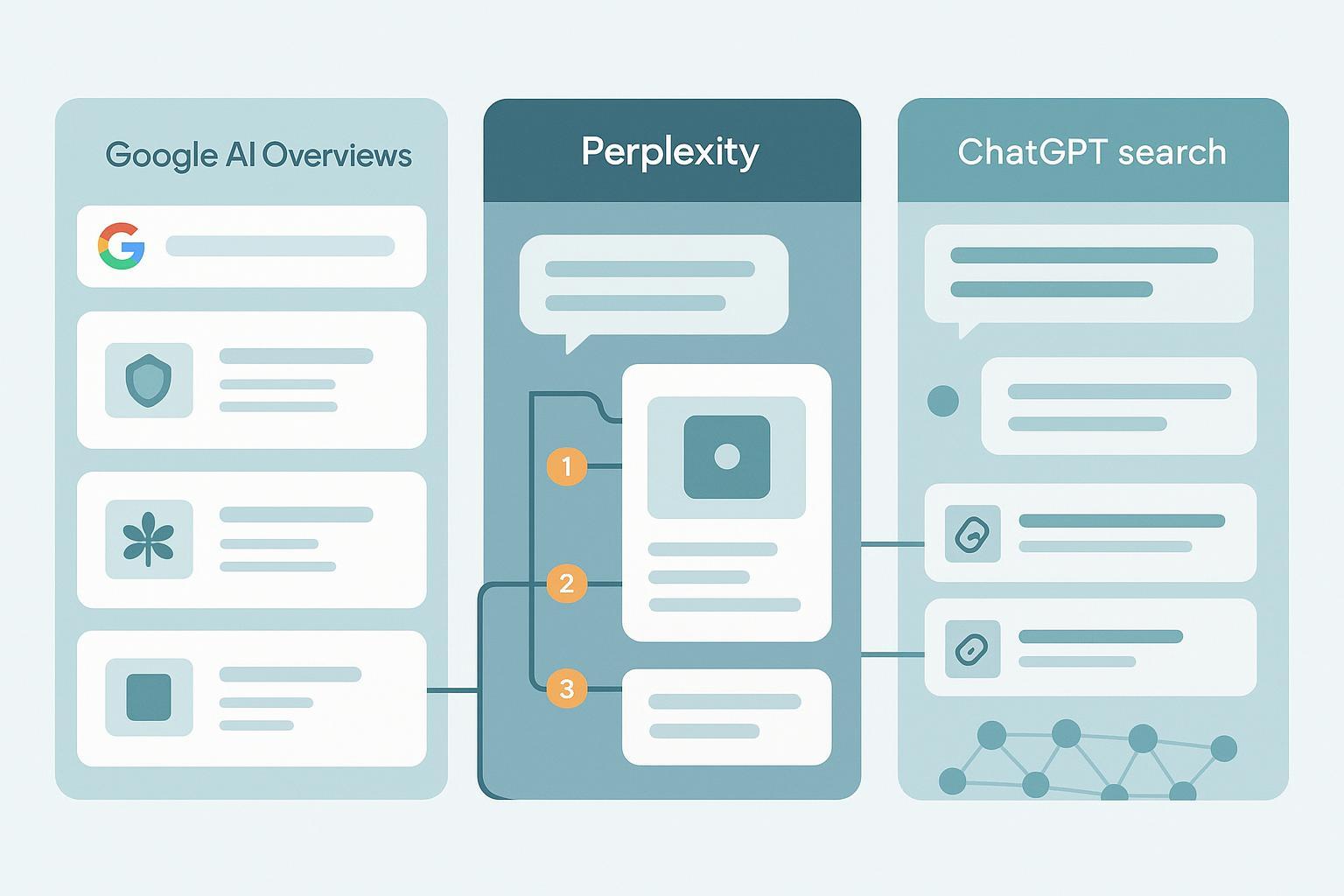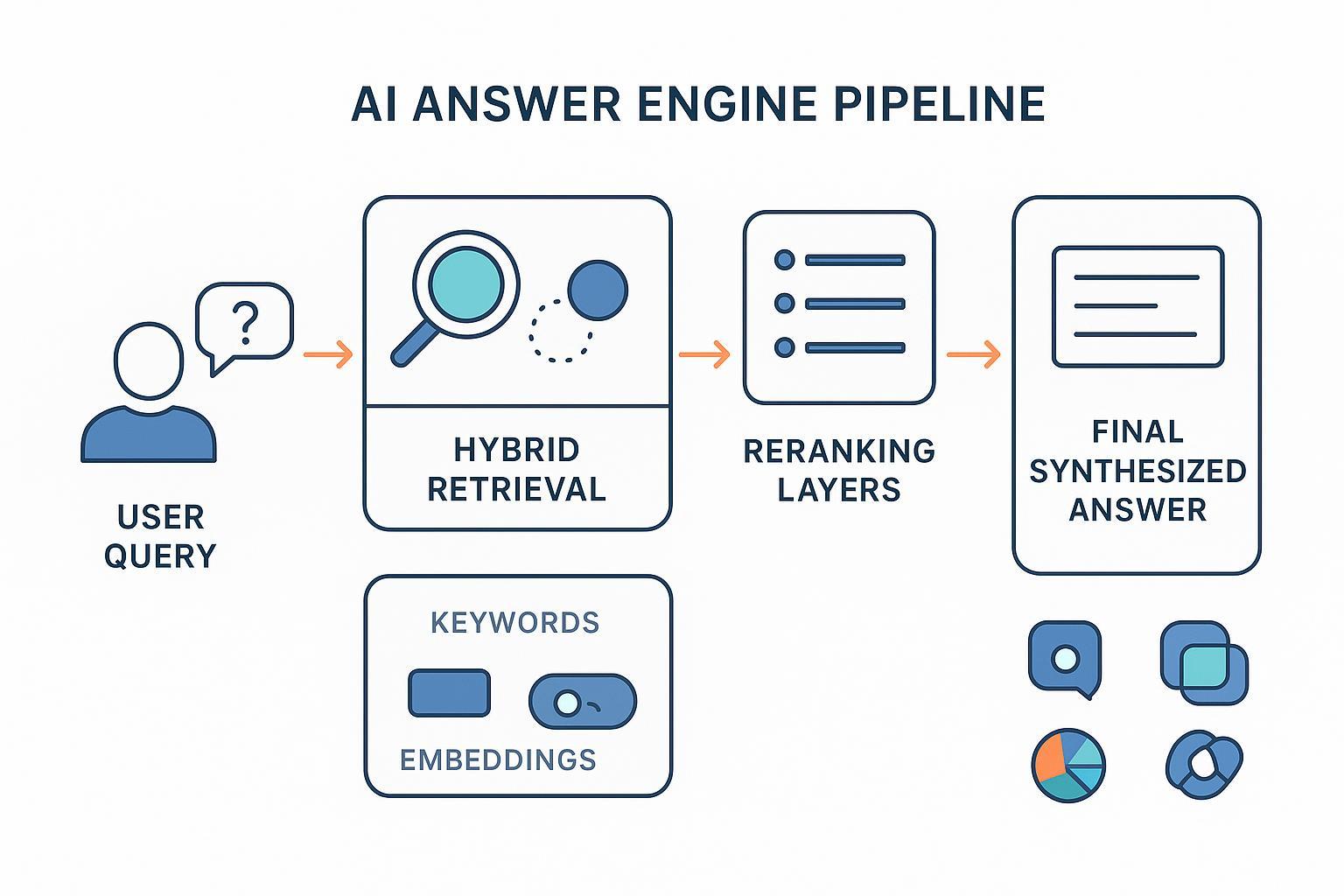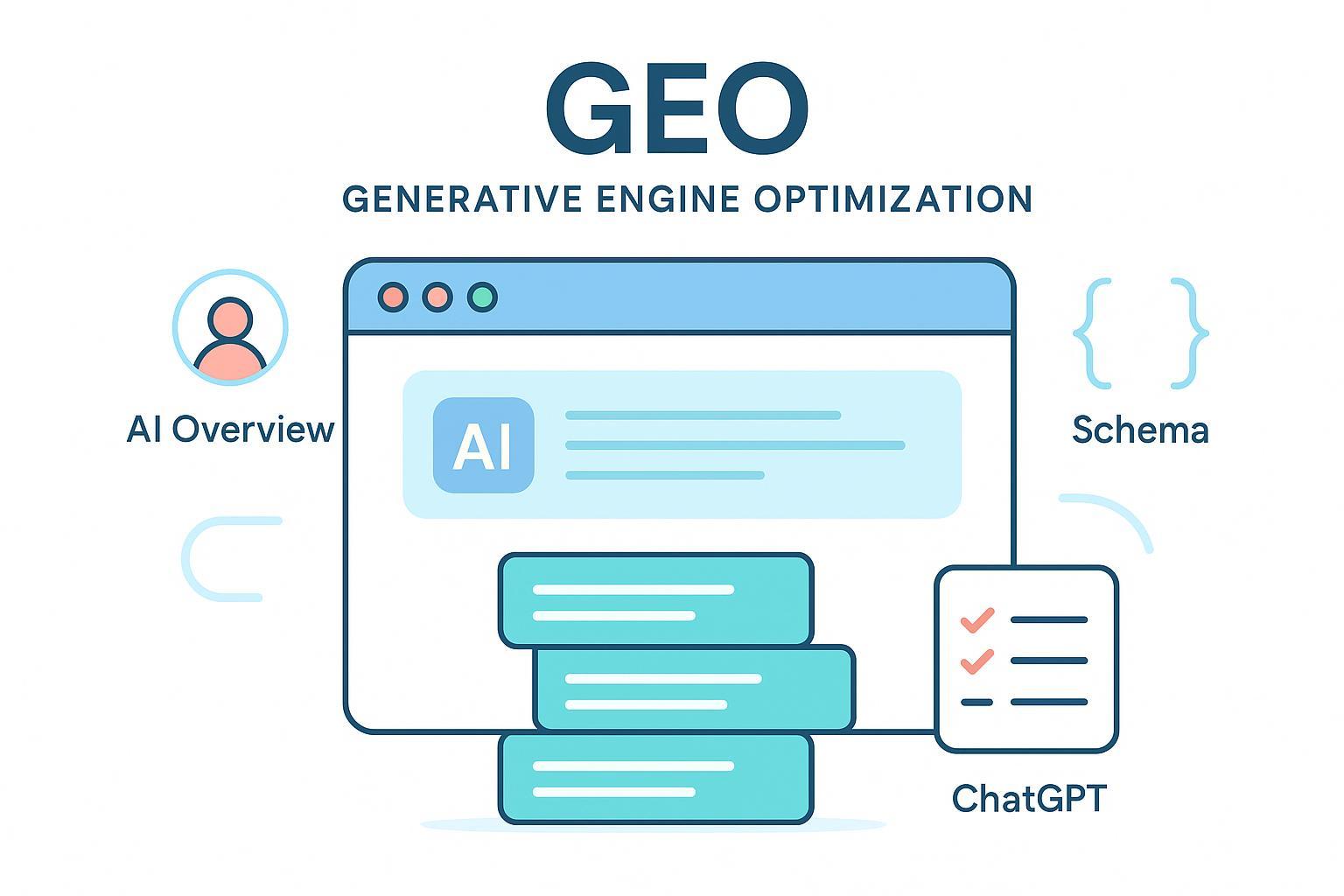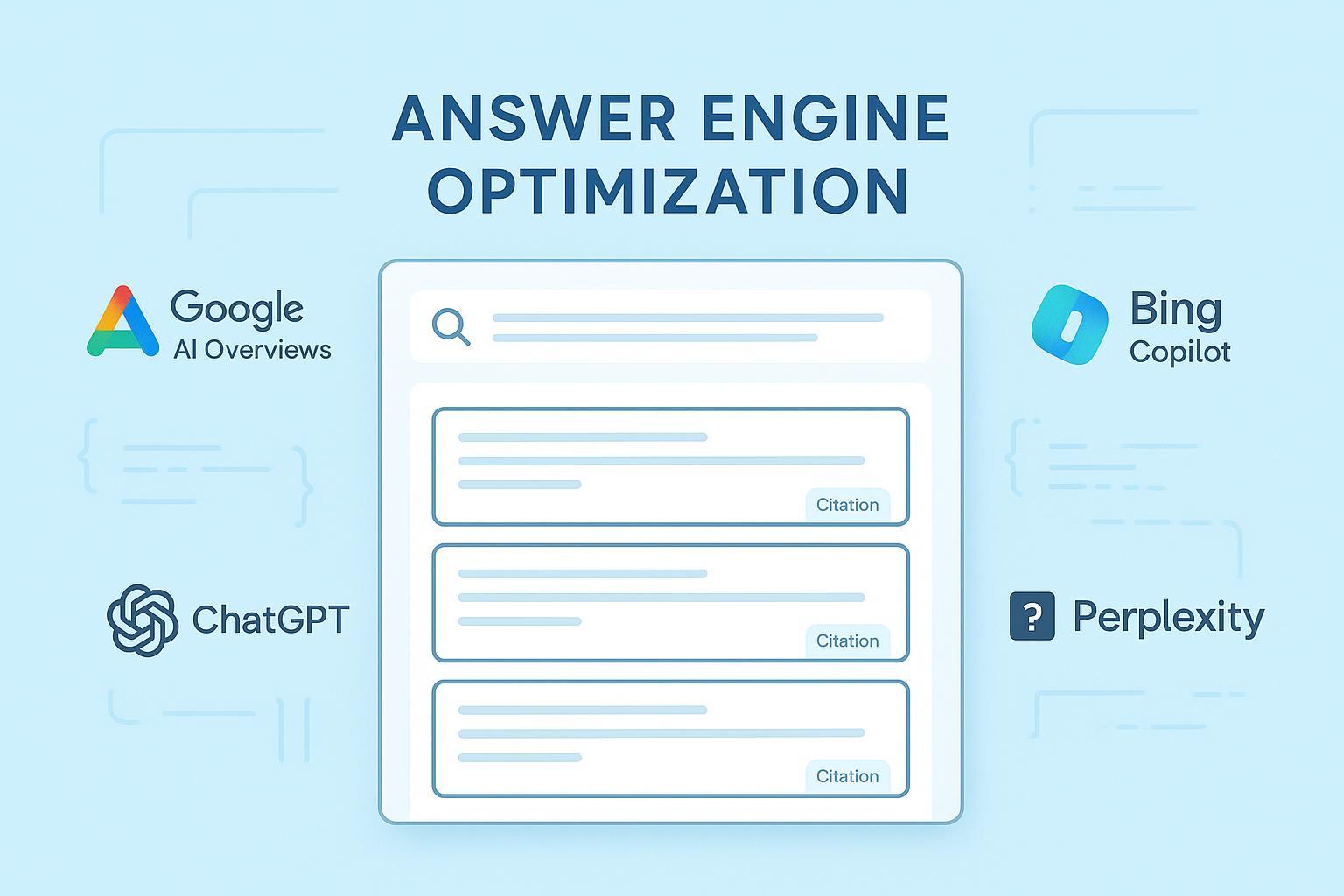Latest AI-Enhanced SEO Strategy Shifts: From Keywords to Intent (2025)
Discover how Google's 2025 core updates and AI Overviews are reshaping SEO. Get practical frameworks, data-backed KPIs, and future-proof tactics.

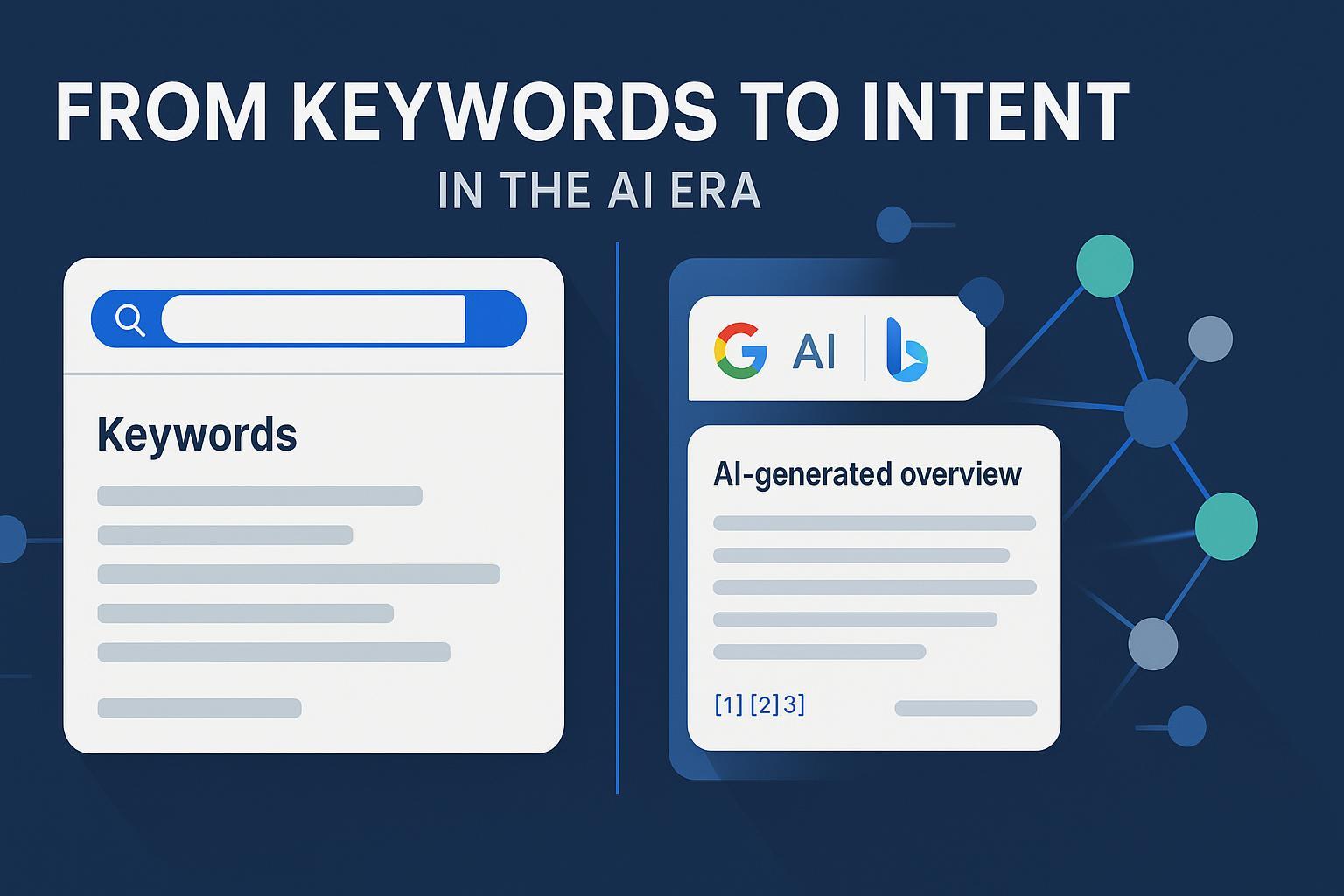
Updated on 2025-10-05: Added latest guidance references and clarified KPI definitions for AI answer inclusion and citation share.
The SEO playbook is undergoing its fastest rewrite in a decade. In 2025, AI-forward results compress search journeys into summarized, citation-backed answers across engines. Google has shipped multiple core updates this year and expanded AI experiences, while Bing/Copilot continues to ground generative answers in public websites. If your strategy still orbits around a single “target keyword,” you’re optimizing for a world that’s fading.
This article reframes SEO around user intent clusters, entity authority, and evidence packaging—so your brand can be selected, cited, and recommended inside AI-generated answers, not just classic blue links.
What changed in 2025—and why it matters
-
Google reaffirmed helpful, relevant content as the north star with major core updates in March and June/July 2025. See the official incident record for the June rollout in the Google Search Status Dashboard — June 2025 core update. The practical takeaway: thin “SEO-ed” pages lose ground; authoritative, well-structured content wins.
-
AI summaries are increasingly visible. Industry data cited by Search Engine Land reported that AI Overviews appeared on roughly 13% of U.S. desktop searches in March 2025. This footprint varies by vertical and query type, but the direction is clear.
-
User behavior is shifting when AI summaries are present. A July 22, 2025 study by Pew (900 U.S. adults’ browsing data from March) found that the rate of clicking traditional results dropped to 8% when an AI summary appeared vs 15% without. Google has publicly disputed aspects of this finding; treat it as directional, not absolute.
-
Google’s own framing emphasizes helpfulness and control. The Developers page on AI features clarifies there’s no special markup required for AI Overviews/AI Mode—the fundamentals matter: crawlability, clarity, and authoritative content. The May 21, 2025 Search Central post outlines how to succeed in AI search with people-first content and snippet controls, reinforcing E-E-A-T-aligned practices.
-
Microsoft documents how Copilot produces grounded answers from public websites. The Aug 13, 2025 Microsoft Learn guide details retrieval, collation, provenance checks, and summarization into generative answers grounded in public sites. This validates why clear headings, explicit answers, and provenance-friendly structure improve inclusion likelihood.
-
Finally, Google’s May 20, 2025 blog framed usage trends: in markets like the U.S. and India, AI Overviews contributed to an increase in Google usage for queries that show AI Overviews. That’s about engagement with Google overall—not a guarantee of CTR to your site—so you must engineer for visibility inside the summaries themselves.
Bottom line: AI-enhanced SERPs compress the journey. Your goal isn’t just to rank—it’s to be the cited, trusted source that satisfies intent inside the answer.
From keywords to intent clusters and entity authority
Classic keyword lists miss how AI systems interpret topics. Large language models and retrieval pipelines look for:
- Intent clusters: the constellation of related user needs around a topic (definitions, comparisons, steps, costs, risks, local options).
- Entity clarity: who/what is central to the topic (brands, products, people, places) and how entities relate.
- Evidence packaging: quotable definitions, steps, tables, stats with dates and sources—easy for systems to extract and attribute.
A pragmatic shift:
- Map your head term into sub-intents and user tasks: questions, objections, and adjacent tasks. Treat each as a content module on-page rather than separate thin pages.
- Declare entities early and consistently: name the main entity, related entities, and maintain clean internal links to definitive pages (brand, product, author, methodology).
- Package evidence to be cited: succinct definitions, stepwise procedures, and dated stats with clear sources.
What to build: a packaging checklist for AI-first visibility
Editorial structure
- Start with a crisp definition and a 3–5 bullet summary for scanners.
- Add Q&A blocks that mirror how people ask in natural language.
- Provide step-by-step sections and decision tables (e.g., criteria vs options) to aid grounding and citation.
- Include an explicit “Methodology” or “How we know” note when presenting data.
Technical signals
- Clean HTML with descriptive headings (H1→H2→H3), stable URLs, and accessible media (alt text, transcripts).
- Comprehensive schema where relevant (Organization, WebSite, Breadcrumb, Article/BlogPosting, FAQPage). Not required specifically for AI Overviews per Google, but it improves machine comprehension.
- Fast, stable rendering; server-side render critical content to avoid ambiguity during parsing.
Evidence formatting
- Use concise, quotable sentences for definitions and conclusions.
- Timestamp data and cite the primary source in-line using descriptive anchor text.
- Avoid generic “learn more here” links; wrap the fact phrase itself.
Example FAQPage snippet (simplified)
{
"@context": "https://schema.org",
"@type": "FAQPage",
"mainEntity": [{
"@type": "Question",
"name": "What is Answer Engine Optimization (AEO)?",
"acceptedAnswer": {
"@type": "Answer",
"text": "AEO is the practice of structuring content so AI search experiences can extract, summarize, and cite accurate answers with provenance."
}
}]
}
Measuring what matters: KPIs for AI-era SEO
You can’t manage what you don’t measure. Evolve beyond rank and CTR to a model that reflects multi-engine, AI-forward reality:
- AI Answer Inclusion Rate: Percentage of tracked queries where your domain appears as a citation within AI-generated answers (by engine: Google AI Overviews, Bing Copilot, Perplexity).
- AI Citation Share: Among AI answers that include citations, the share of citations attributed to your brand vs competitors over a time window.
- Branded vs Non-Branded AI Presence: Distribution of your AI citations across branded and non-branded intents.
- SERP Feature Exposure: Presence across AI answers, classic organic, Top Stories, video, and other features.
- Assisted Conversions from AI-driven sessions: Post-view engagement and conversion events tied to sessions that originated from AI-enhanced result experiences.
To make this tangible, review a real-world dashboard view of intent coverage and multi-engine citations in this sample query report for a travel niche: Vacation rental homes in Caye Caulker, Belize (query report example).
Practical workflow: from audit to iteration (with tool example)
Here’s a repeatable sprint loop teams are using to win citations inside AI answers:
- Baseline the landscape
- Compile your priority intent clusters and the queries that typify each.
- Capture AI Answer Inclusion Rate and AI Citation Share by engine for each cluster.
- Close the packaging gaps
- Add missing Q&A blocks, quotable definitions, and decision tables.
- Strengthen entity signals: author bios with credentials, About and Product pages, and consistent internal linking.
- Re-measure after deployment
- Track shifts in inclusion and citation share by engine; annotate content releases and core updates.
- Iterate with evidence
- Where you’re not cited, study who is and why: are they offering clearer steps, stronger sourcing, or fresher data?
Tooling example for monitoring
- Many teams operationalize this via an AI visibility monitor that aggregates AI Answer Inclusion and AI Citation Share across engines and over time, aligned to intent clusters.
- One such platform is Geneo. Disclosure: Geneo is our product.
- Typical usage: group queries by intent cluster; monitor inclusion/citation share across Google AI Overviews, Bing Copilot, and Perplexity; flag declines around core update windows; export insights to content and PR roadmaps.
Sector-specific notes and risk controls
Enterprise and agencies
- Standardize your content module templates (definition, steps, FAQ, sources) across hundreds of pages.
- Create an entity registry: owners for Organization, Product, Author, and key topical entities. Keep schema and bios synced.
YMYL (medical, finance, legal)
- Enforce SME review and conservative claims. Add author credentials, citations to primary literature, and methodology notes.
- Prefer official, peer-reviewed sources; avoid speculative figures. Keep FAQs tightly maintained and dated.
Local and community-influenced categories
- Community content often feeds AI summaries. Strengthen your presence in authoritative communities where appropriate, and package your on-site answers cleanly so they’re attributable.
- For a deeper dive into how community content can influence AI citations, see this guide on Reddit communities and AI search citation mechanics.
Cross-engine realities to build for
While Google and Bing differ, both reward clarity and provenance:
- Google’s 2025 guidance reiterates: no special markup for AI Overviews; focus on helpfulness, structure, and snippet controls where needed. See AI features and your website and the May 21, 2025 post on succeeding in AI search.
- Microsoft’s Copilot grounding confirms retrieval → collation → provenance checks → summarized answer with citations; thus, explicit Q&A and clean headings help systems attribute. See Microsoft Learn’s 2025 guidance on generative answers from public sites.
Change management: keep it current
- Refresh cadence: revisit intent clusters, evidence blocks, and schema every 4–6 weeks. Add an “Updated on {date}” tag for material changes.
- Triggered updates: new Google core/spam updates; notable shifts in AI Overviews prevalence; significant documentation updates from Google/Microsoft.
- Governance: require authors to add sources and methodology notes; QA for accessibility, schema validity, and rendering.
Your 30-day action plan
Week 1
- Inventory top 10 intent clusters by revenue impact and identify content gaps.
- Implement Q&A blocks and quotable definitions on two high-potential pages.
Week 2
- Add/verify Organization, WebSite, Breadcrumb, and Article schema; ensure author bios and About pages are complete and interlinked.
- Create a lightweight table for one high-intent comparison page.
Week 3
- Baseline AI Answer Inclusion and AI Citation Share across engines for your target clusters.
- Benchmark two competitors per cluster.
Week 4
- Ship content updates. Re-measure; annotate changes. Start a monthly review ritual.
If you need a practical way to monitor your inclusion and citation share across AI engines while you iterate on packaging, consider trying a dedicated AI visibility monitor like Geneo in your next sprint. Keep the focus on intent clarity, entity authority, and verifiable evidence—and you’ll position your brand to be cited where it counts.
References cited in this article
- Google — June 2025 core update incident (Search Status Dashboard)
- Search Central Developers — AI features and your website (updated 2025)
- Search Central Blog — Succeeding in AI search (May 21, 2025)
- Microsoft Learn — Generative answers based on public websites (Aug 13, 2025)
- Pew Research Center — AI summaries and click behavior (July 22, 2025)
- Search Engine Land — AI Overviews on ~13% of U.S. desktop searches (May 6, 2025)


